Best of luck raising funds! 👍 Pinned for extra visibility.
I just noticed that featuring will only pin to "All" and not "Local". It is helpful to cross-post to a local community to pin it more visibly.
EDIT: As indepndnt mentioned in a comment below, the OP was posted on February 14, which pre-dates the wikipedia edits. So, my conclusions below about the timeline are not valid.
Hah, sure, let's investigate 🕵️♂️
The term 'Chalchiuhtlicueyecatl' was added as a potential Aztec name to the English wikipedia page on February 15, 2025, by user 'Mxn'.
The description of the edit is the following:
Frum says the Aztecs had no specific name for the gulf, which is plausible in a practical sense, but Fernández gives a specific religious name and is more of a reliable source on this topic
If we investigate a bit further, we can see that the term Chalchiuhtlicueyecatl is described to be a name for the 'Gulf of Mexico' in the spanish Wikipedia: https://es.wikipedia.org/wiki/Chalchiuhtlicueyecatl
This page was updated to include the description of Chalchiuhtlicueyecatl as the 'Gulf of Mexico' in September 16, 2018. I don't have access to the citation so I don't know if the citation specifies if this term is still known/used.
If you check the history you will find that the same 'Mxn' fixed a typo in this page on February 15, 2025.
So, from this sequence of events it is highly likely that the term 'Chalchiuhtlicueyecatl' was included into the Gulf of Mexico wiki page as a result of the user Mxn performing an active search for Aztec names for the Gulf of Mexico, and finding this connection between the term an the gulf by searching on Wikipedia. This information did not come from recent news about the term being used by natives.
I can find no evidence of native people referring to the gulf of Mexico as 'Chalchiuhtlicueyecatl' more frequently or at all. I can find no mention of this becoming viral in Mexico.
I find it highly unlikely that:
- User Mxn added an obscure Aztec term to the Wiki page two weeks ago
AND
- This same obscure Aztec term coincidentally began being used by Mexican natives, and this trend became popular enough to be noticed by foreign media but not by Mexican media
More likely....
- Mxn actively looked for a term and updated the English wiki
- Someone read the English wiki, thought this would be a nice story, made the meme
And this concludes my little investigation 🧐
I find it strange that they are out-bidding each other like this when there are over 8 days left. I am not too experienced with bidding, but I thought that the normal strategy was to maybe place a placeholder bid if there is no activity, but more generally one waits until the last second to set a reasonably high bid. Going on a 1v1 with fast out-bidding over a week early seems bad for everyone except the seller. Perhaps someone can explain.
Someone needs to explain to Musk how to debug with the JSON so that the ipv6 GUI does not overflow into the git API front-end
If the timing is right, I would bring a mushroom grow bag with mushrooms sprouting.
If not... probably my radiacode gamma spectrometer and some of my radioactive items. Maybe a clock with radium painted dials and a piece of trinitite. I think that there are many different points of discussion that can be of interest to a broad audience (radioactivity, spectroscopy, electronics, US labor law story of the radium girls, nuclear explosions, background radiation.... etc). As a bonus I can bring a UV flash light and show the radium fluorescence. Adults love UV flash lights.
I think that they are referring to Paxillus involotus
It is quite an interesting mushroom. It was considered "safe to eat" for a long time, but it contains an antigen that a human's immune system can learn to attack.
The antigen is still of unknown structure but it stimulates the formation of IgG antibodies in the blood serum.
I once looked into whether this immune response builds up over many exposures, or if it is a random event that has a probability of happening for each exposure. I don't remember finding a convincing answer... If it is a random event, then mushroom could be considered a "Russian roulette" mushroom that will usually provide a nice meal, but, if unlucky, you may experience the following:
Poisoning symptoms are rapid in onset, consisting initially of vomiting, diarrhea, abdominal pain, and associated decreased blood volume. Shortly after these initial symptoms appear, hemolysis develops, resulting in reduced urine output, hemoglobin in the urine or outright absence of urine formation, and anemia. Hemolysis may lead to numerous complications including acute kidney injury, shock, acute respiratory failure, and disseminated intravascular coagulation. These complications can cause significant morbidity with fatalities having been reported.
I agree with you that this is probably unrelated to the "generally similar to humans" comment. I feel like this fantasy is a combination of the above fact mixed in with the fact that the Fungi belong to the Opisthokonts, which places them closer to animals than plants, and so they share some interesting cellular characteristics with us. This places them closer to animals than plants, but "generally similar to humans" is perhaps a bit of a stretch ^_^
But, it is just a meme about a guy being hyped about mushrooms. Hopefully people don't expect memes to be super accurate 😁
-
Password hashing occurs server-side. Even without removing the hashing step an admin can intercept the plaintext password during login. Use unique safe passwords.
-
An admin can intercept the jwt authentication cookie and use any account that lives in the instance.
-
Private messages are stored as plaintext in the database
-
Admins can see who upvotes/downvotes what
-
These are not things that are unique to Lemmy. This is common.
-
To avoid having to trust your admin, run an instance.
Full genome sequencing.
The price of sequencing continues to decrease as the technology evolves. I have already seen claims of under $1,000 for a full human genome. I haven't looked carefully into those claims, but I think we are around there. In some years full genomes will be so cheap to sequence that it will be routine. I want to buy one of those small Oxford Nanopore MinION sequencers in the future. I'll use it like a pokedex.
Really cool! I'm excited to learn more about you and the project!
What's the format? Should we submit questions beforehand, or will you process questions that arrive at the start time? I've never participated in an AMA 😅
My view is: I don't like this cultural element, and I am glad that I live in a country without it. But if I am a visitor from abroad I would not resist the local culture and try to impose my own values. If I am aware of this cultural element and I dislike it, my options would be to either avoid restaurants and other tipping situations as much as I can, or simply account for the tip when making my financial decisions, and pay it.
If I live in the country then it is different, because then I am more entitled to be a driver of change. Personally, my approach would be to support businesses with explicit no-tipping policy, and to refuse receiving tips myself.
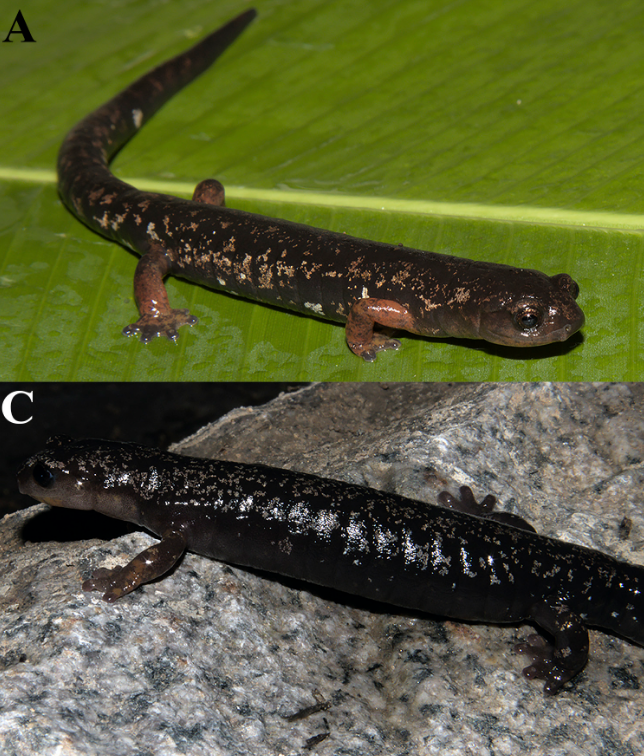








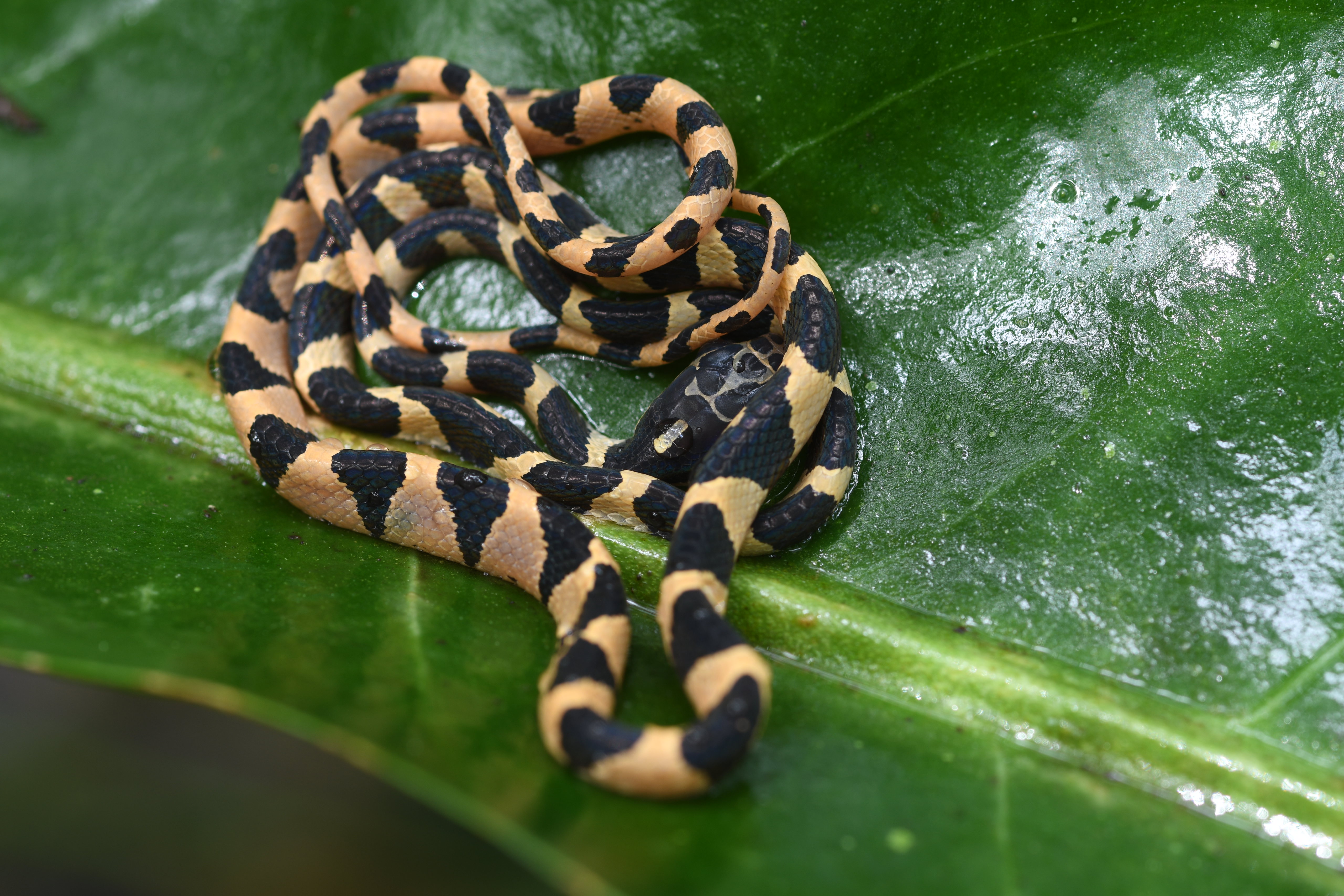
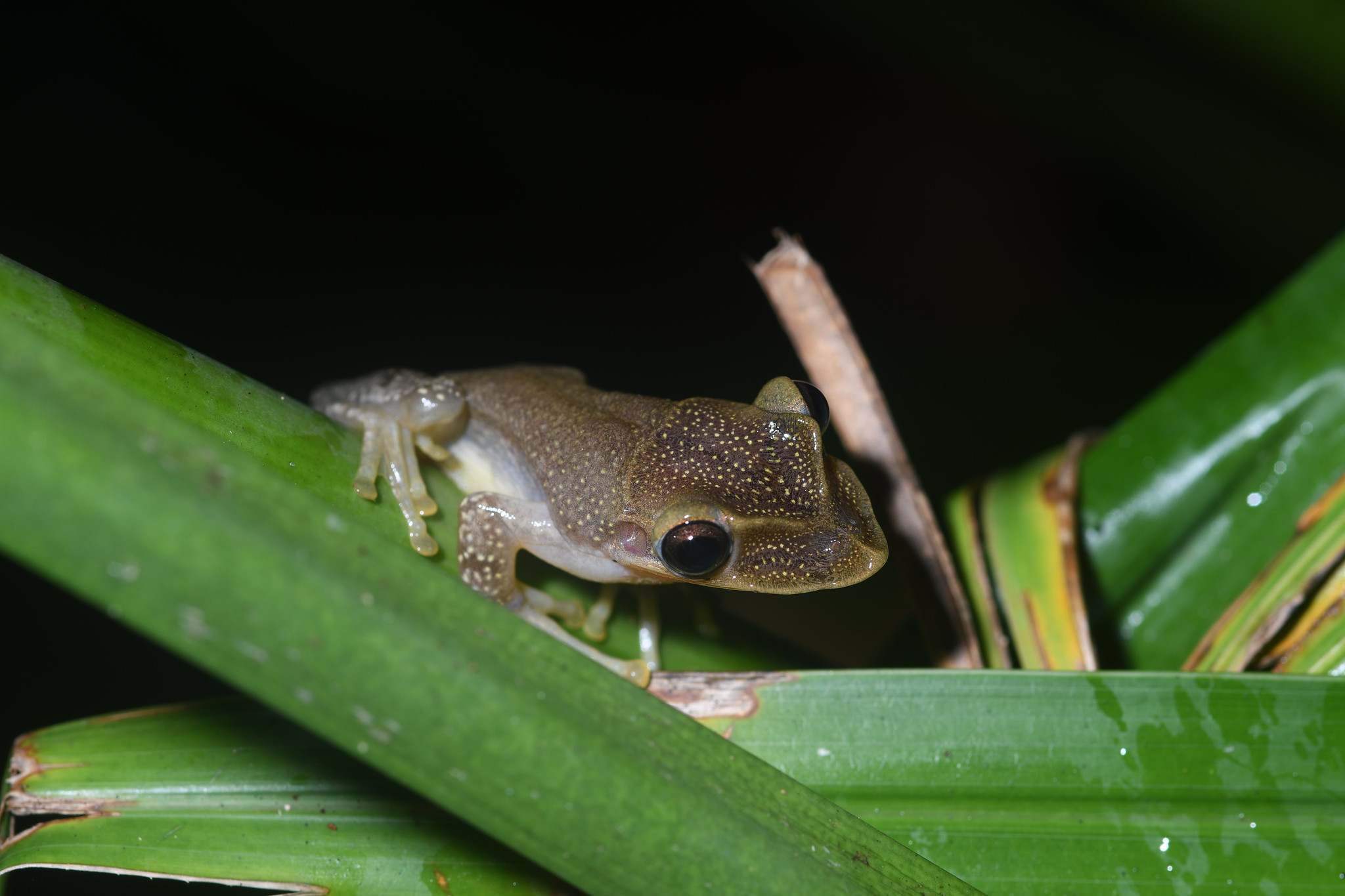
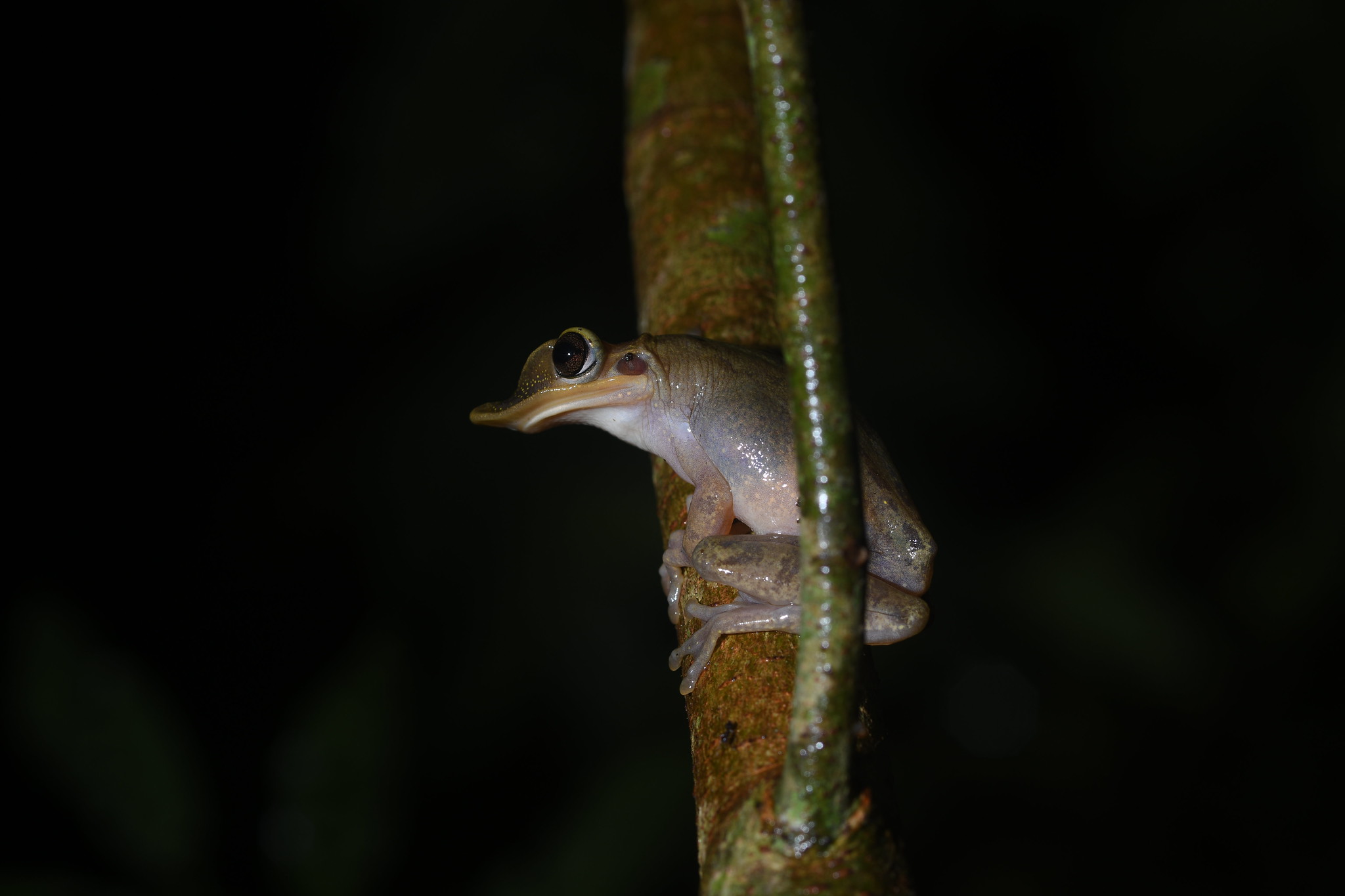
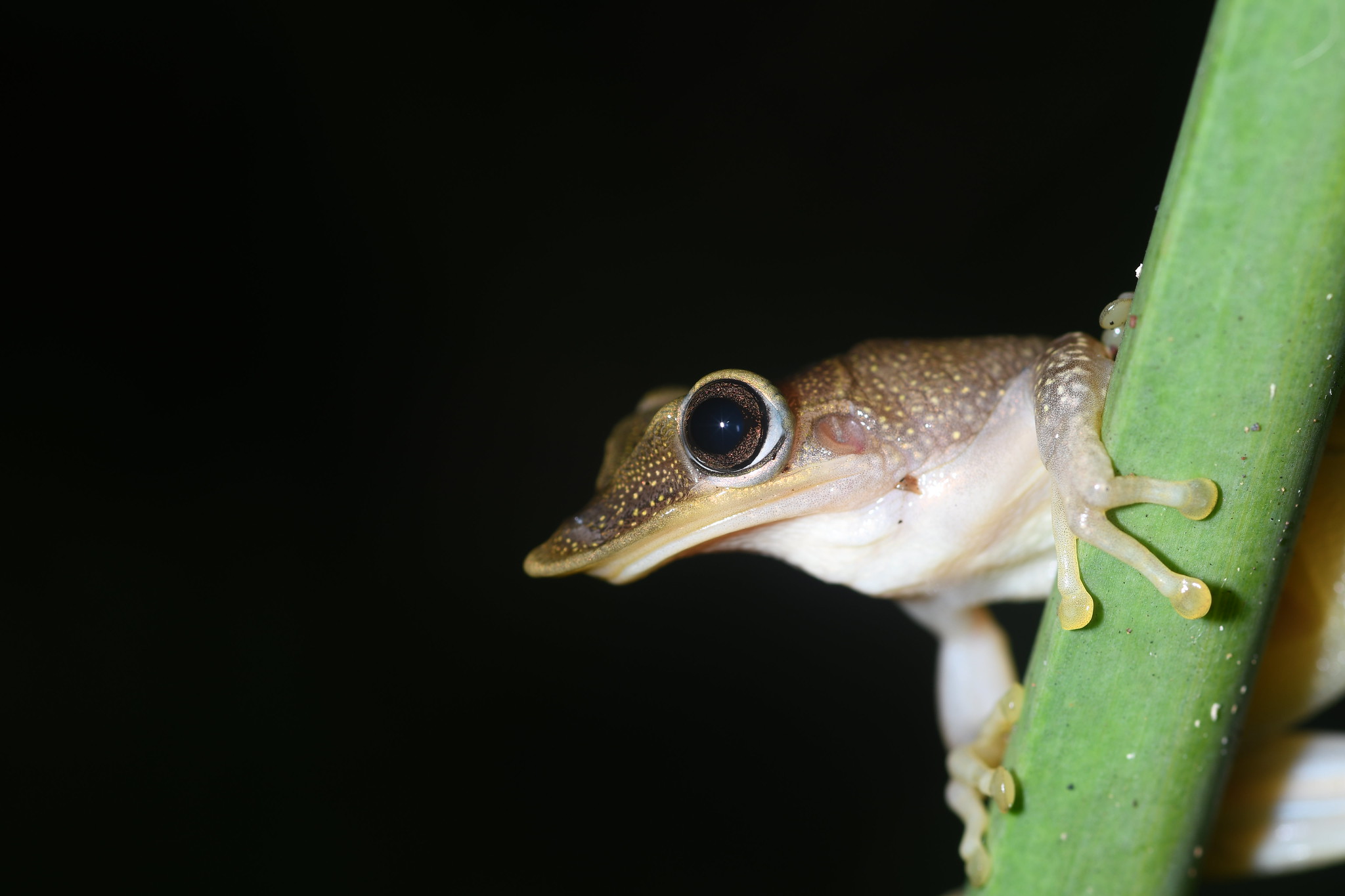
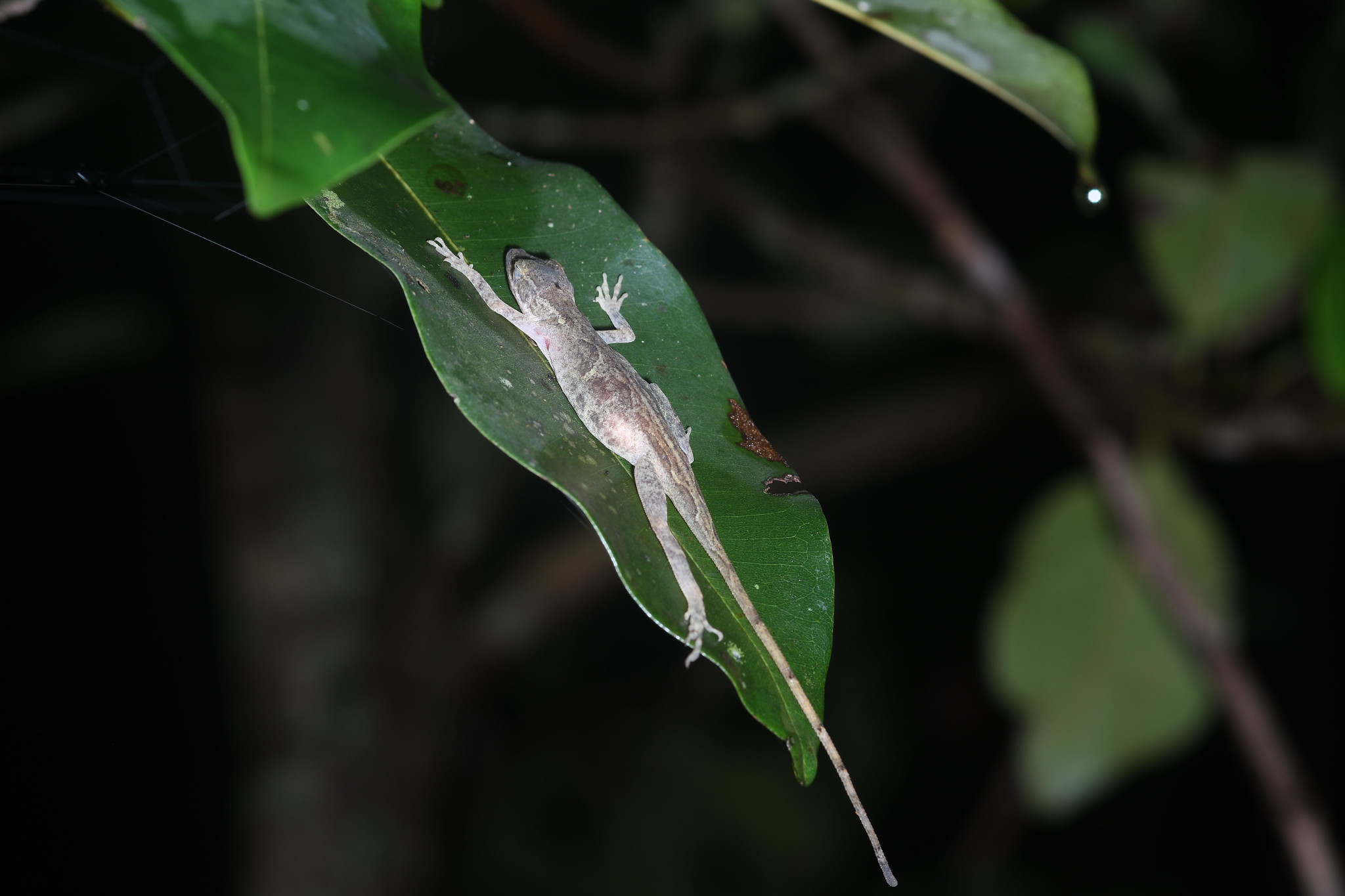

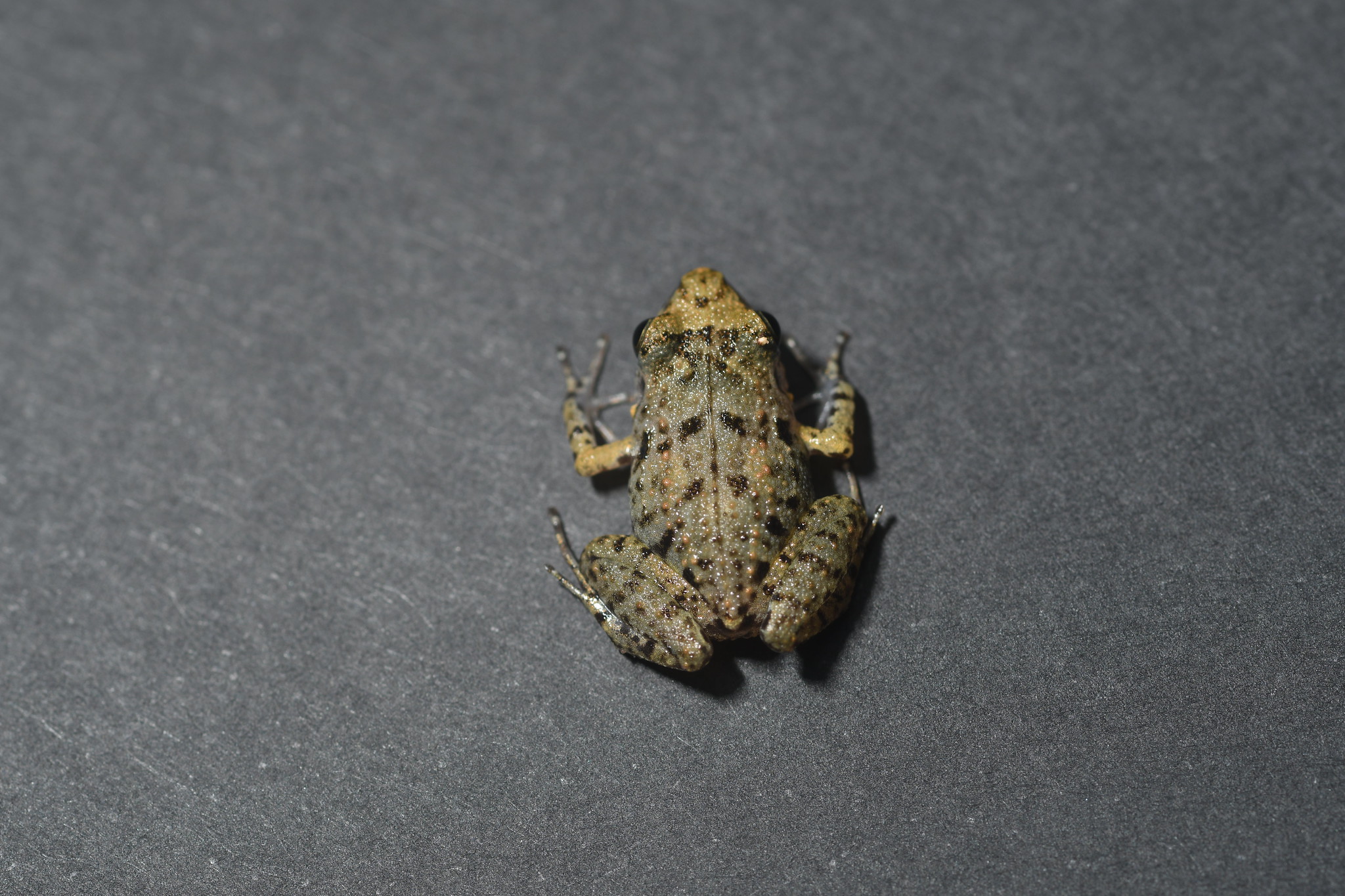
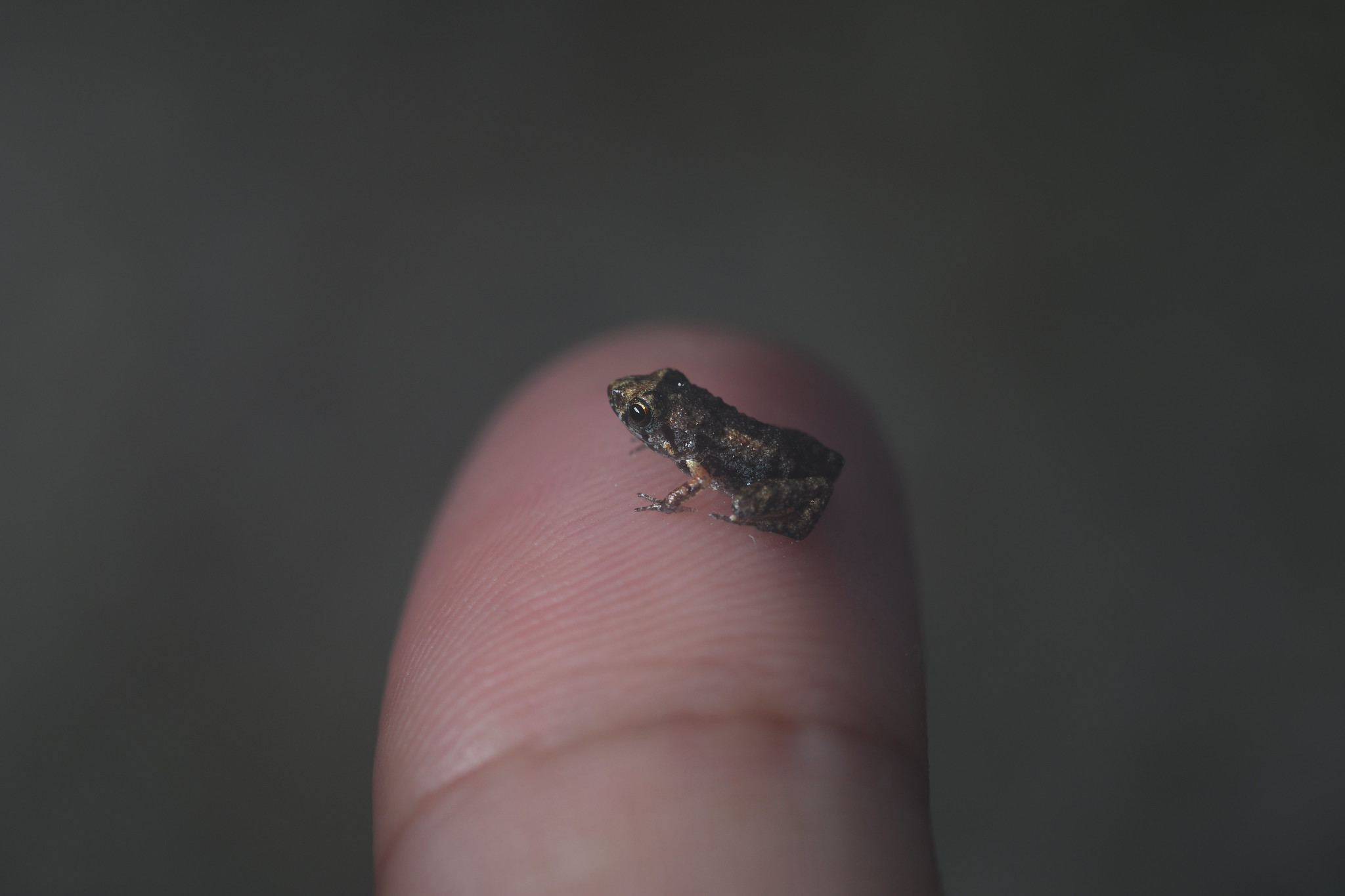

And https://en.wikipedia.org/wiki/Quantum_fluctuation
Edit: I guess it's these two are kind-of the same thing